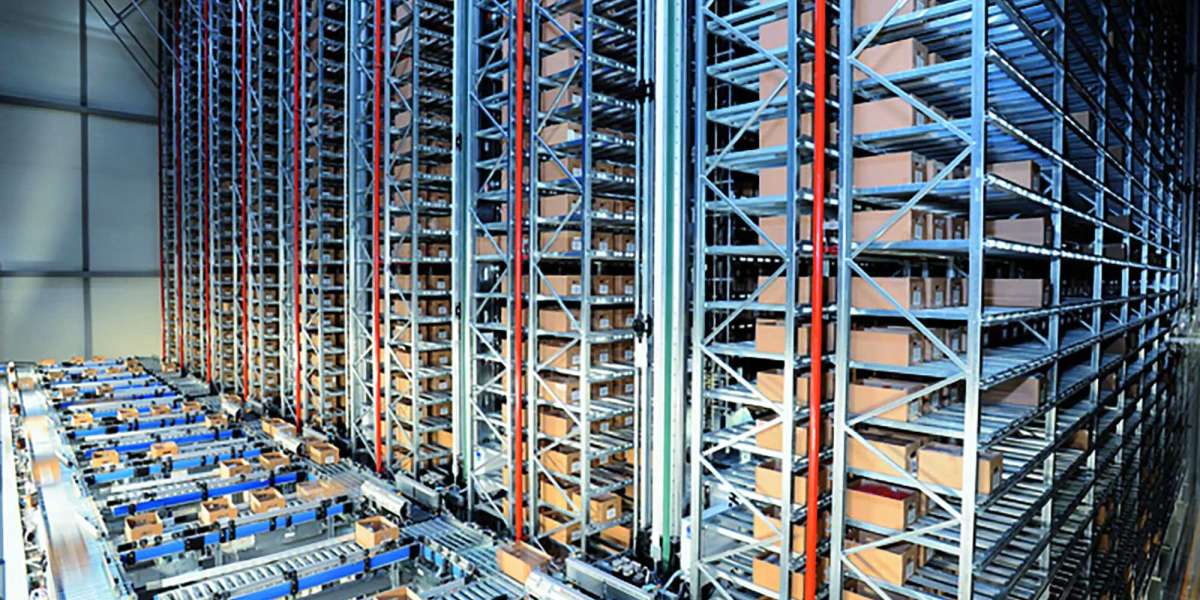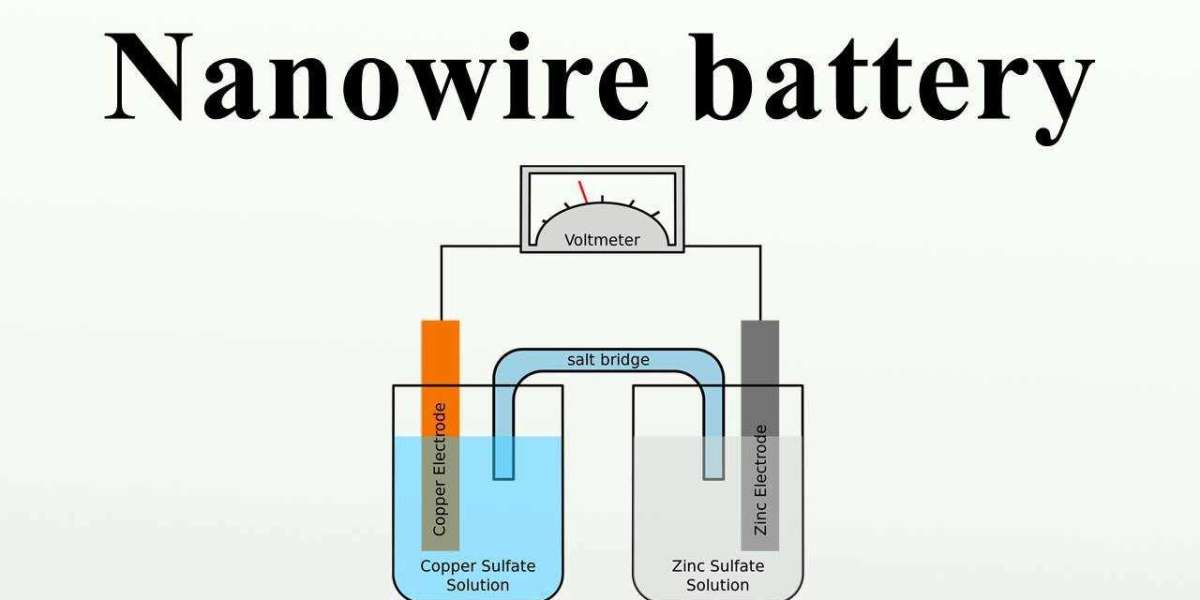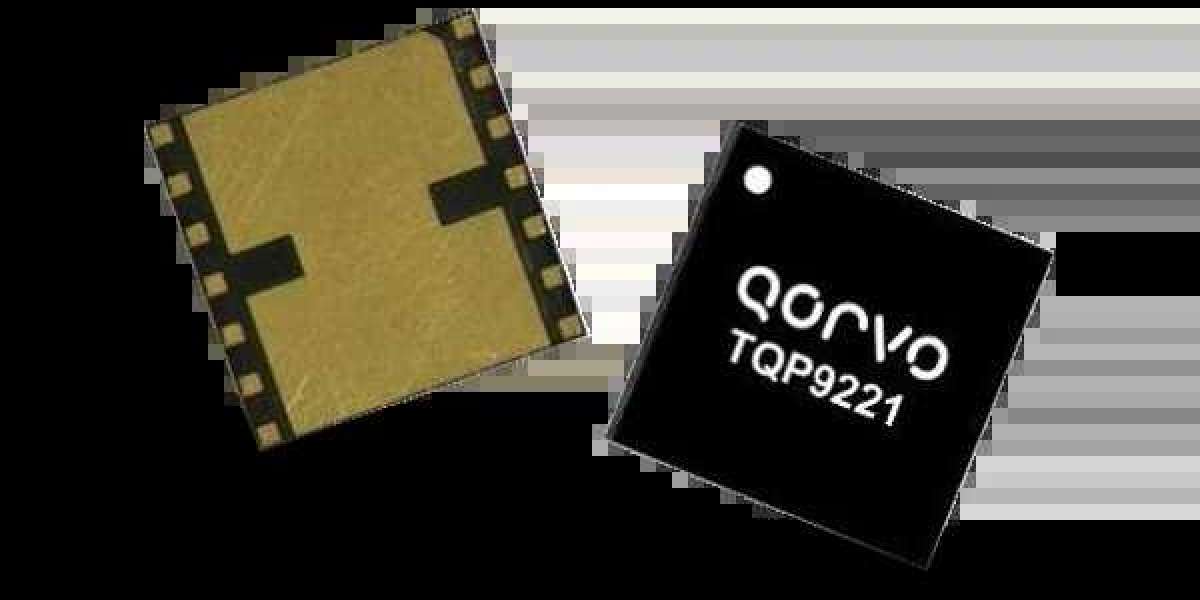As you undoubtedly know, the 2023 Nobel in physics has been awarded to Pierre Agostini, Ferenc Krausz, and Anne L'Huillier, for the development of techniques associated with attosecond-scale optical pulses. Here is the more popular write-up about this (including a good handwave of how attosecond pulses can be made) from the Nobel Foundation, and here is the more technical version. A number of people (including friends and relatives) have asked me in the last couple of days about this, including what discoveries have these techniques led to, and how is this work different than preceding Nobel prizes (like the 1999 chemistry prize for femtosecond chemistry, the2005 prizein physics for frequency combs, and the half of the 2018 physics prize for femtosecond pulsed lasers). This isn't really my area of expertise, but my impression from talking with people is that the attosecond work is thus far more of a technical achievement than a technique that has led to a series of groundbreaking scientific results or technologies.
Scientifically, the attosecond regime is very fast compared to the dynamics of, e.g., solids. That said, attosecond techniques have been used to characterize condensed matter systems, as described here. Crudely speaking, the relevant energy scale associated with 100 as is \(h/10^{-16} s \sim\) 40 eV, the kind of energy (in the deep ultraviolet range) associated with photoemission. It makes sense that some of the results highlighted in the Nobel citation have to do with using these methods to measure time delays associated with photoemission - like seeing that 4felectrons take longer to photoemit than sand pelectrons in other bands. If readers can point to a great explanation that goes deeper than this, please leave it in the comments.
The 2023 chemistry prize has been awarded to Moungi Bawendi, Louis Brus, and Alexey Ekimov, for the discovery and development of semiconductor nanocrystals now popularly called quantum dots. These systems are absolutely great platforms to demonstrate quantum confinement. By taking a bulk semiconductor and carving it up into pieces so small that the electronic wavefunctions get squeezed by the boundaries - this generally increases the energy spacings between levels, including the energy associated with the gap between the valence band and the conduction band. That is, a semiconductor that might fluoresce in the red in the bulk can be chopped into pieces that fluoresce in the green or the blue (higher energies). The story of these materials (their growth, how to make them uniform and stable without bad defects at their surfaces) is very cool. Quantum dots are now widely used as luminescent materials in display devices, and they are also broadly employed as fluorophores for biological imaging and related applications. (Louis Brus is a Rice alumnus - huzzah! I've never met Dr. Ekimov, but in my experience, Brus and Bawendi are both very nice, down-to-earth people whose groups write clear, non-hype-ridden papers.)









